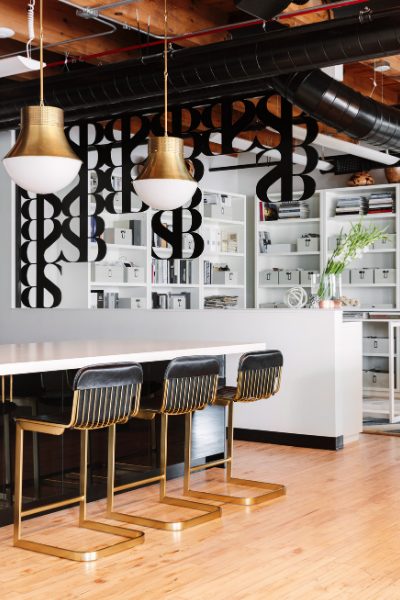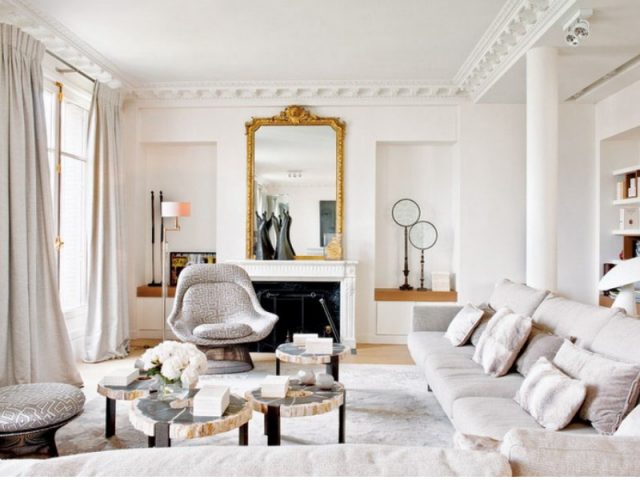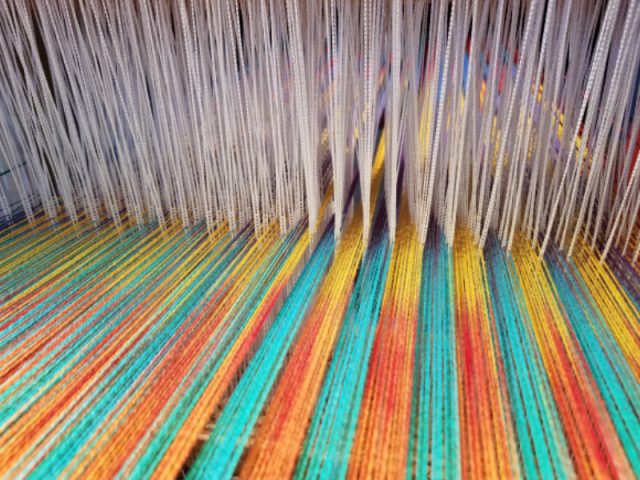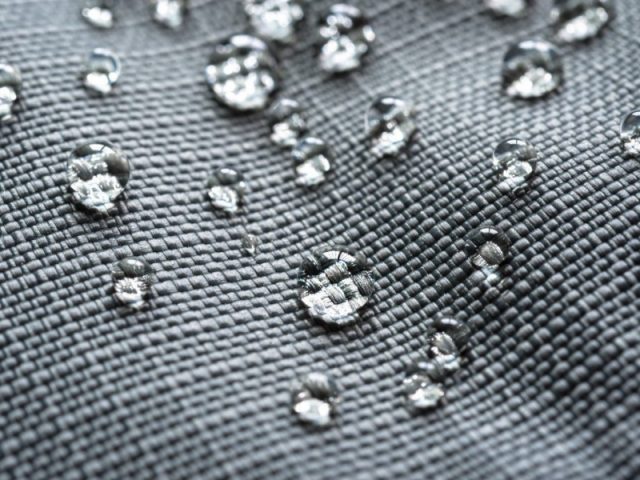
Designer Dialogue: Design Terms J to R
February 21, 2020
Get a crash course in designer dialogue- keep up with the lingo by learning misunderstood design terms J to R.
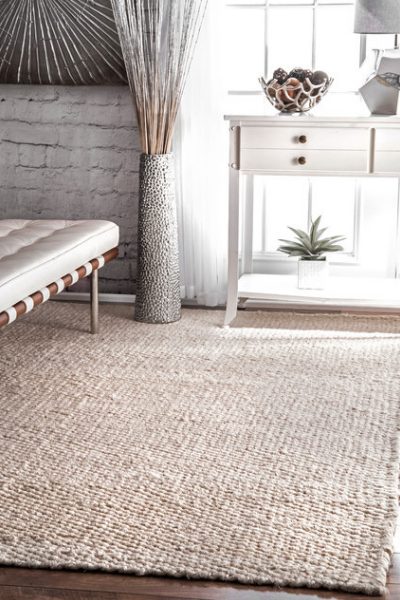
Jute: Jute is an eco-friendly, natural fiber that comes from the Jute Plant. Indigenous to the Indian subcontinent, Jute fibers are taken from the wood like centers of the stalks. Often used for rugs, as they have a softer handfeel than Sisal, Jute can be used in its natural state or dyed and is flexible enough to be woven into a variety of patterns.
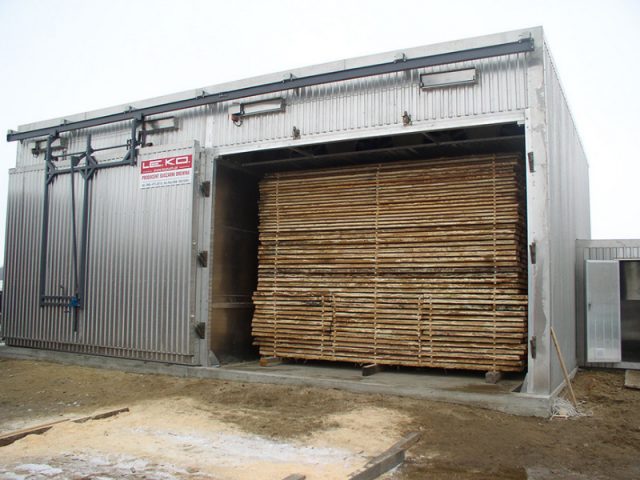
Kiln Dried Hardwood: Kiln Dried Hardwood (commonly referenced in the furniture industry) is a process of drying wood to increase its strength and longevity – often used for furniture frames in high traffic areas. The kiln drying process consists of using direct and indirect heat within large kilns to remove the natural moisture contained in wood.
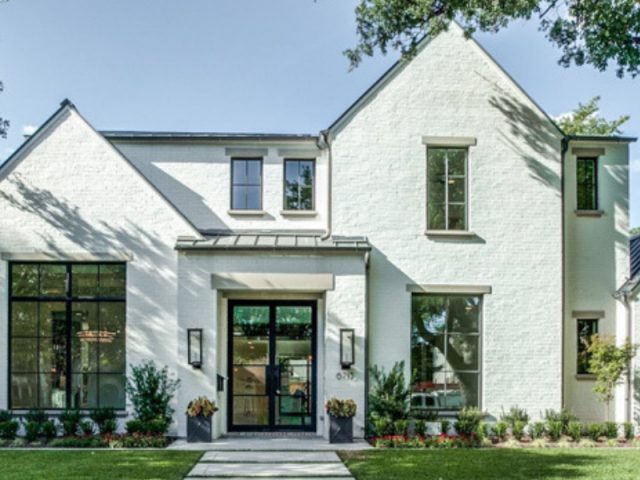
Lintel or Lintol: A horizontal material spanning the space between two vertical supports, Lintels can be used as a structural piece or as an ornamental architectural element. Used to bear heavy loads and ensure the architectural integrity of a wall, you will often find Lintels over doors, windows, or fireplaces.
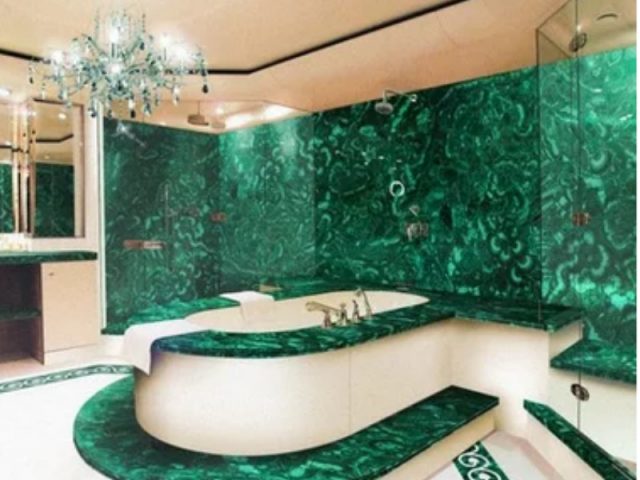
Malachite: Malachite is a natural mineral which forms within the earth at shallow depths, accelerated by descending solutions in fractures, caverns, cavities and small spaces of porous rock. Malachite was first used over 4,000 years ago in Egypt and Israel to produce copper. Due to its striking green color it was also used to produce gemstones, sculpture and pigments. Small “cuttings” were also formed to create patterns resembling pieces of stone used on small sculptural pieces and decorative boxes. It’s pattern and color are often replicated in fabrics and wall coverings.

Nano-Textiles: Nano Fabrics are engineered using small particles that create extreme water resistance, eliminate moisture, bacteria and odor and create an elasticity and durability. Nano textiles are fabricated by applying a Nanoseal solution, bonding to the fibers of standard fabric.
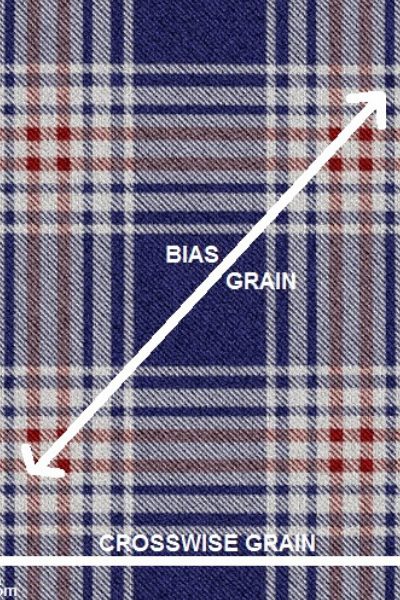
On the Bias: A popular fabric- cutting technique, “on the bias” means cutting on a 45- degree angle, typically against the grain, to allow for more flexibility and stretch in non- elastic fabrics. This technique is most used for welts (piping) on upholstery as it maximizes the use of the fabric for these applications. The long cuts are then sewn in a cord-like form and used to conceal and strengthen seams. Often, a contrast or premade bias cut is used to create definition and drama.
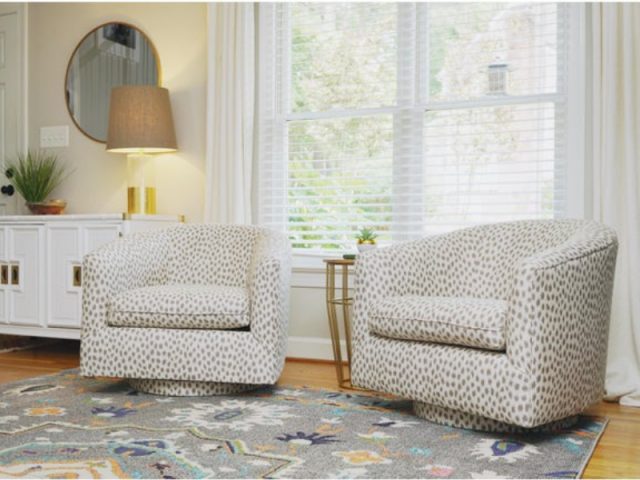
Plinth Base: A Plinth refers to a recessed base on which a piece of upholstered or wood furniture (case good) rests on. A modern design detail, plinths are often clad in varying finishes of metal, painted or upholstered. Most often seen on sofas and credenzas, a plinth can be a stylish and sneaky way to conceal a swivel base on a chair.
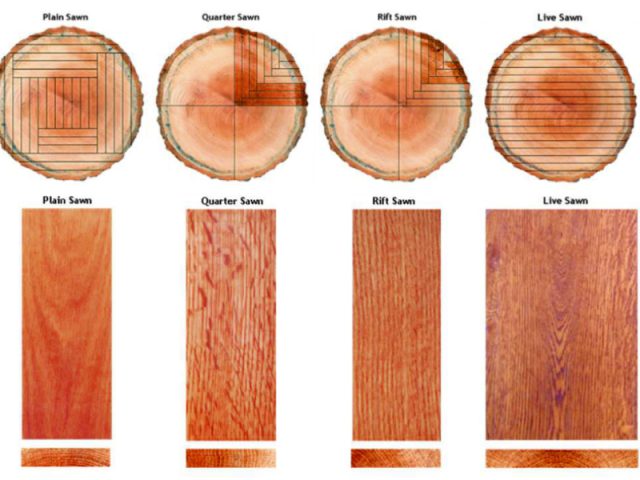
Quarter Sawn: Wood logs can be sawed three different ways; plain, quartered or rift. Plain sawn wood is the easiest and cheapest method, cutting the edges of the log in chunks to create a square center. Quarter sawn wood has been sawed at a radial angle into quarters, which are then plain sawn vertically. The quarter sawn technique creates a beautiful straight grain pattern with flecking often used in high end design on cabinetry and furniture. Extremely popular in modern, clean lined furnishings, walnut, maple and cherry woods are the most sought after for this process. Labor intensive and low yielding, quarter sawn wood often results in a higher price point.
Rift Sawn: Rift sawn wood is cut similarly to quarter sawn wood but produces a grain pattern without flecking. While expensive, rift sawn wood lends strength and consistency, giving the visual look of unique linear grain patterns.

Share
You Might Also Like
Find us on Instagram












